I tested Bose QuietComfort Ultra Headphones against the Sonos Ace, and it's a nuanced battle between these elite wireless headphones
Looking for some premium headphones? Let's dig into all the little details that make the big differences
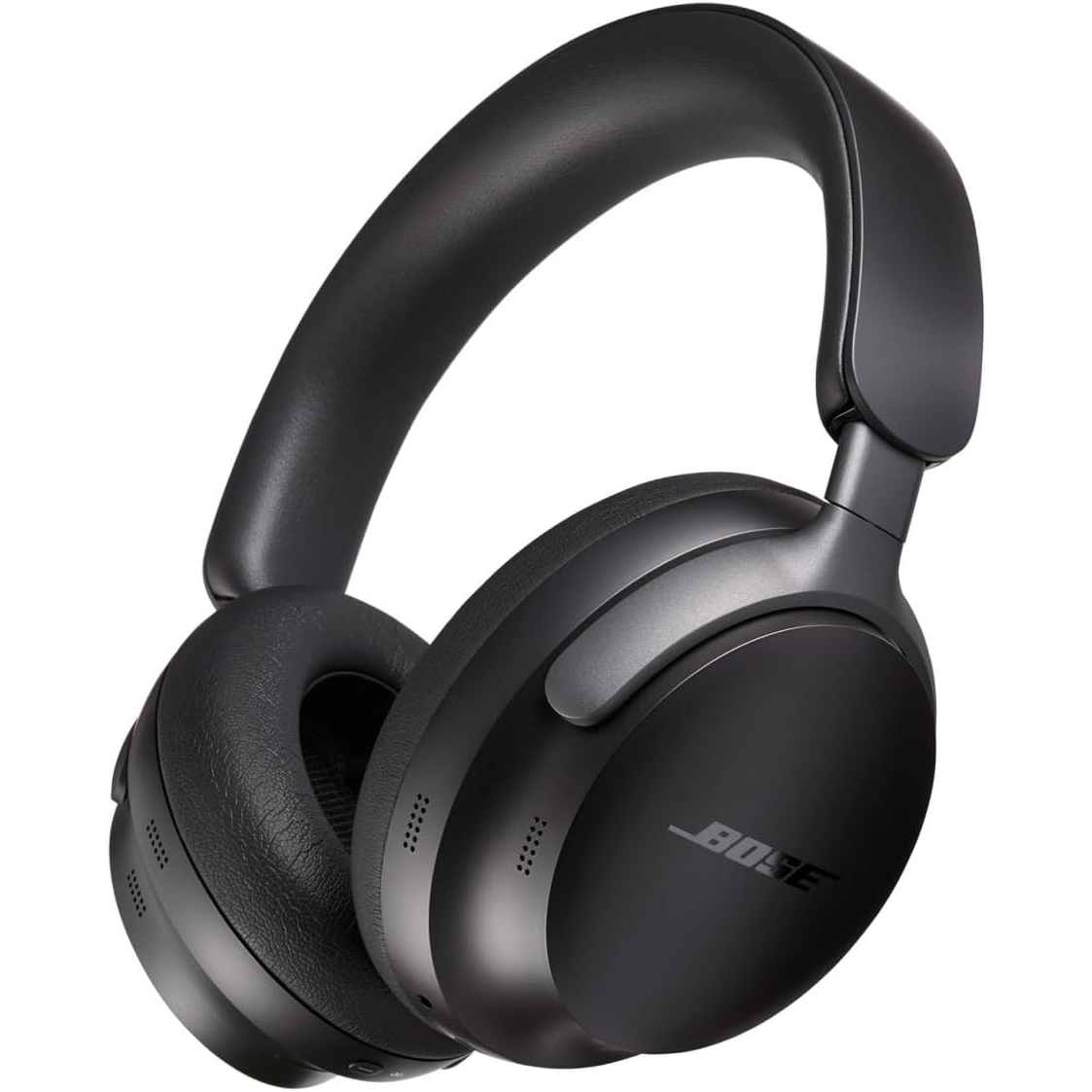
Battery life: 24 hours
Bluetooth: 5.3
Weight: 259g
Spatial audio: Yes
The Bose QuietComfort Ultra Headphones are a little older than the Sonos Ace, which is mostly reflected in a) the use of Bluetooth 5.3 for wireless connectivity, and b) the slight price advantage they have. But just because they’ve become a little more affordable, they haven’t lost their high-end, premium credentials. So you get very acceptable build quality and standard of finish (even if the look is nothing special), excellent audio performance in the typical ‘Bose’ style, a quite convincing ‘immersive audio’ feature, and what is unarguably the best, most effective active noise-cancellation around.
For
- Informative, punchy and energetic sound
- Good smart features
- The best ANC around
Against
- Ordinary battery life
- Not an especially premium look or feel
- No USB-C audio input
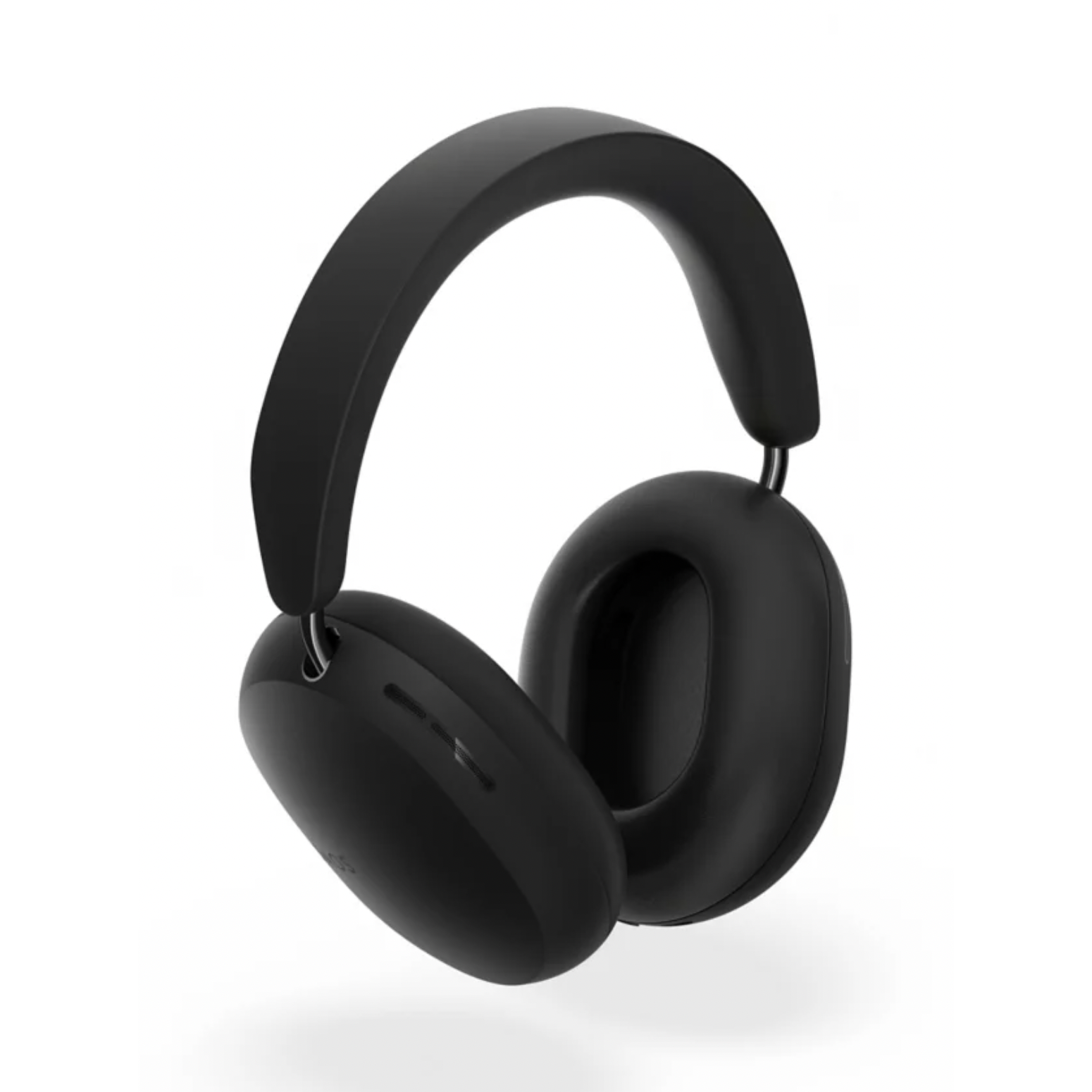
Battery life: 30 hours
Bluetooth: 5.4
Weight: 312g
Spatial audio: Yes
The suggestion of Sonos headphones has been around since before the pandemic - but it seems obvious the company has been spending all that time sitting on its hands. The Ace are probably the best-looking and certainly one of the most comfortable pairs of wireless over-ear headphones around, and they’re specified to compete. Bluetooth 5.4 with aptX Lossless is a great start, sound quality is nicely judged, and active noise-cancellation is very decent too (although not up to Bose standards). Wider Sonos system compatibility would have been nice, but why ask for the moon when Sonos is offering the stars?
For
- Detailed, balanced, politely entertaining sound
- Great looks, good comfort
- 'TV audio swap' feature
Against
- Could sound more dynamic and energetic
- Restricted Sonos system compatibility
- ANC is ‘good’ rather than ‘great’
If you’re in the market for a pair of wireless, active noise-cancelling, over-ear headphones – and you’re in the happy position of being able to spend serious money on them – there's a good chance you have both the Bose QuietComfort Ultra Headphones and the Sonos Ace on your shortlist.
Obviously Bose has been in the world of the best wireless headphones much longer than Sonos has even existed, and the Ace is the very first pair of headphones Sonos has attempted. But if any brand is in a position to break the stranglehold on the upper mid/lower premium area of the headphones market that’s lately been dominated by the likes of Apple and Bose, Sonos is it. After all, here’s a company that has established itself as purveyor of some of the best wireless speakers and best soundbars you can buy pound-for-pound – headphones, surely, are just another way for the brand to demonstrate its talents.
On paper, there’s very little between the Bose QuietComfort Ultra Headphones and the Sonos Ace. Both have extensive specifications where wireless connectivity, Bluetooth codec compatibility, active noise cancellation, app control and so on are concerned. Both are properly built and finished, both look pretty good by prevailing standards. We’ve already lauded the Bose QuietComfort Headphones for their comfort, convincing audio reproduction and outstanding powers of noise cancellation, while we admired the Sonos Ace for their spatial sound, noise-blocking power and build quality.
So how do they stack up when they’re pitched together head-to-head?
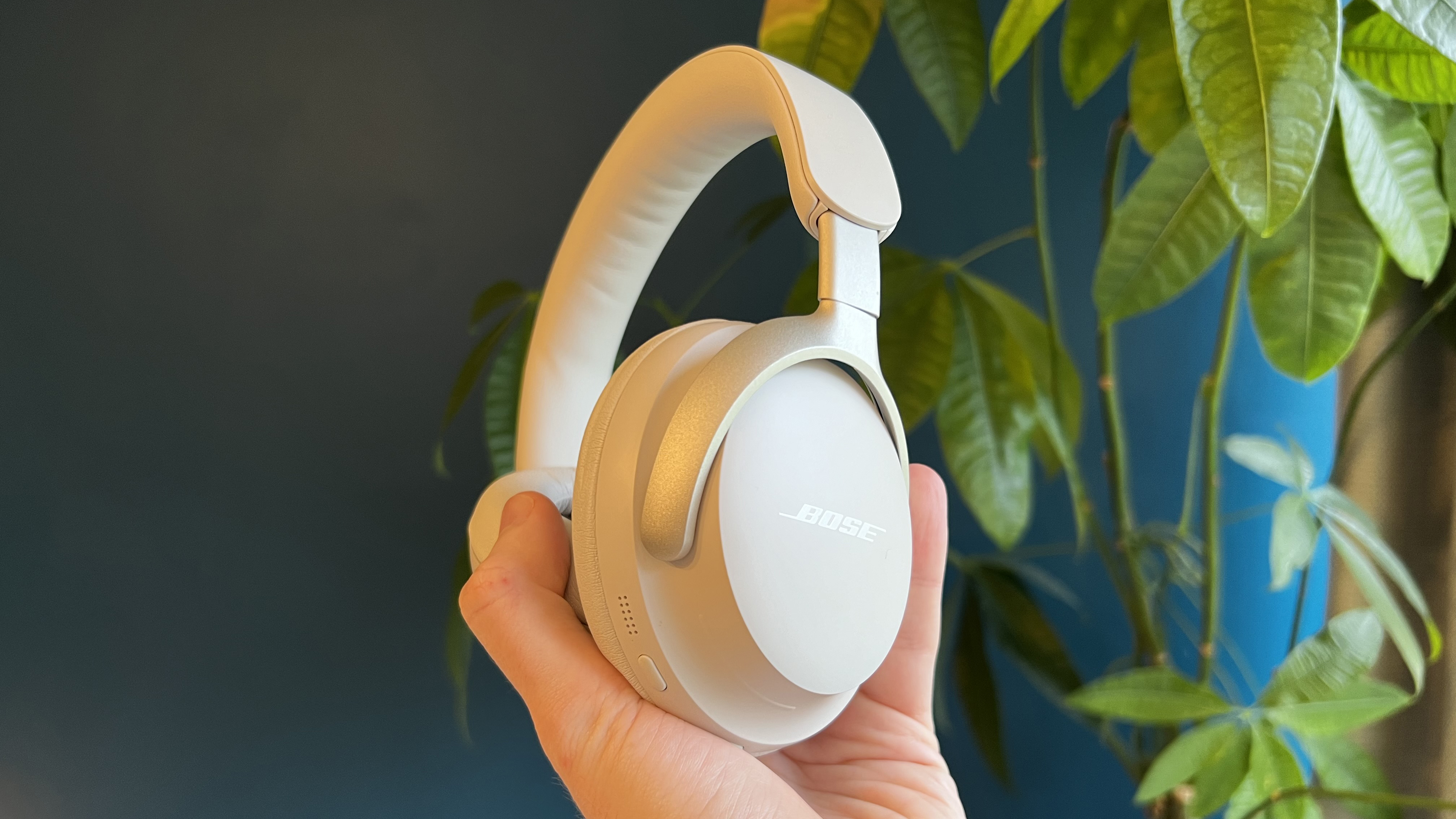
Bose QuietComfort Ultra Headphones vs Sonos Ace: Price & release date
The Bose QuietComfort Ultra Headphones launched on 1st October 2023, priced at $429 / £449 / AU$649. That’s long enough for the price to drop regularly in deals – these days you can expect to find them often for $299 / £299 / AU$400.
The Sonos Ace became available on 5th June 2024, and launched at $449 / £449 / AU$699. Until the start of 2025, Bose regularly had a price advantage, helped partly by simply have been around longer – but we're now seeing the price of Sonos Ace fall to just $349 / £299 / AU$550 at times.
So at this point, which model is cheaper might just depend on which is having the best sale at the time you buy.

Bose QuietComfort Ultra Headphones vs Sonos Ace: Features
The QuietComfort Ultra use Bluetooth 5.3 for wireless connectivity, and are compatible with SBC, AAC and aptX Adaptive codecs. They have multipoint connectivity, too. The left earcup features a 2.5mm socket near the USB-C slot that’s used for charging the battery – Bose provides a 2.5mm / 3.5mm cable in the headphones’ tidy little carry-case for them to be wired to a source if you prefer. You can't listen to wired Hi-Res Audio over USB-C on the Bose – you can on the Sonos Ace.
Bose, like Sonos, is pretty guarded when it comes to details of specification that other manufacturers are happy to share. So details about the dynamic drivers that deliver sound are thin on the ground – Bose is happy to say they’re carried over from the Noise Cancelling Headphones 700 that the QC Ultra replaces. But given that Bose didn’t make any details public back then either, that’s not really all that much help.
There’s a new feature for the driver to cope with when compared to the old 700s, though: spatial audio. Bose is not alone in attempting to emulate a Dolby Atmos-style presentation – here it’s called ‘Immersive Audio’, and it wants to put you in the acoustic sweet-spot of a spatial presentation rather than boring old stereo ‘left’ and ‘right’. Crucially, it works from any source, not only compatible devices or sources. Options for ‘Immersive Audio’ are ‘off’, ‘still’ (which adjusts sound to respond to your head movements) and ‘motion’ (which fixes the spatial audio effect in position).
Naturally, ‘off’ is the way forward if you have battery life concerns. Listen to a stereo presentation and the QC Ultra will last for around 24 hours between charges; switch on ‘Immersive Audio’ and that number drops to a bang average 18 hours. Power it up via USB-C for 15 minutes and you should be good for another couple of hours of playback, while ‘flat’ to ‘full’ takes three hours or so.
Each earcup features five mics to take care of telephony, voice-assistant interaction and active noise cancellation – three handle voice-capture, and there’s a feedback mic inside each earcup too. ANC options run to ‘Quiet’ (which is Bose-speak for ‘maximum ANC’), ‘Aware’ (which is ‘transparency’ by any other name) and ‘iImmersion’ (meaning ‘immersion’). The Bose Music control app allows you to define your own ANC mode, via a slider to set the amount of cancellation you like and an ‘on/off’ control for the ‘wind block’ feature too.
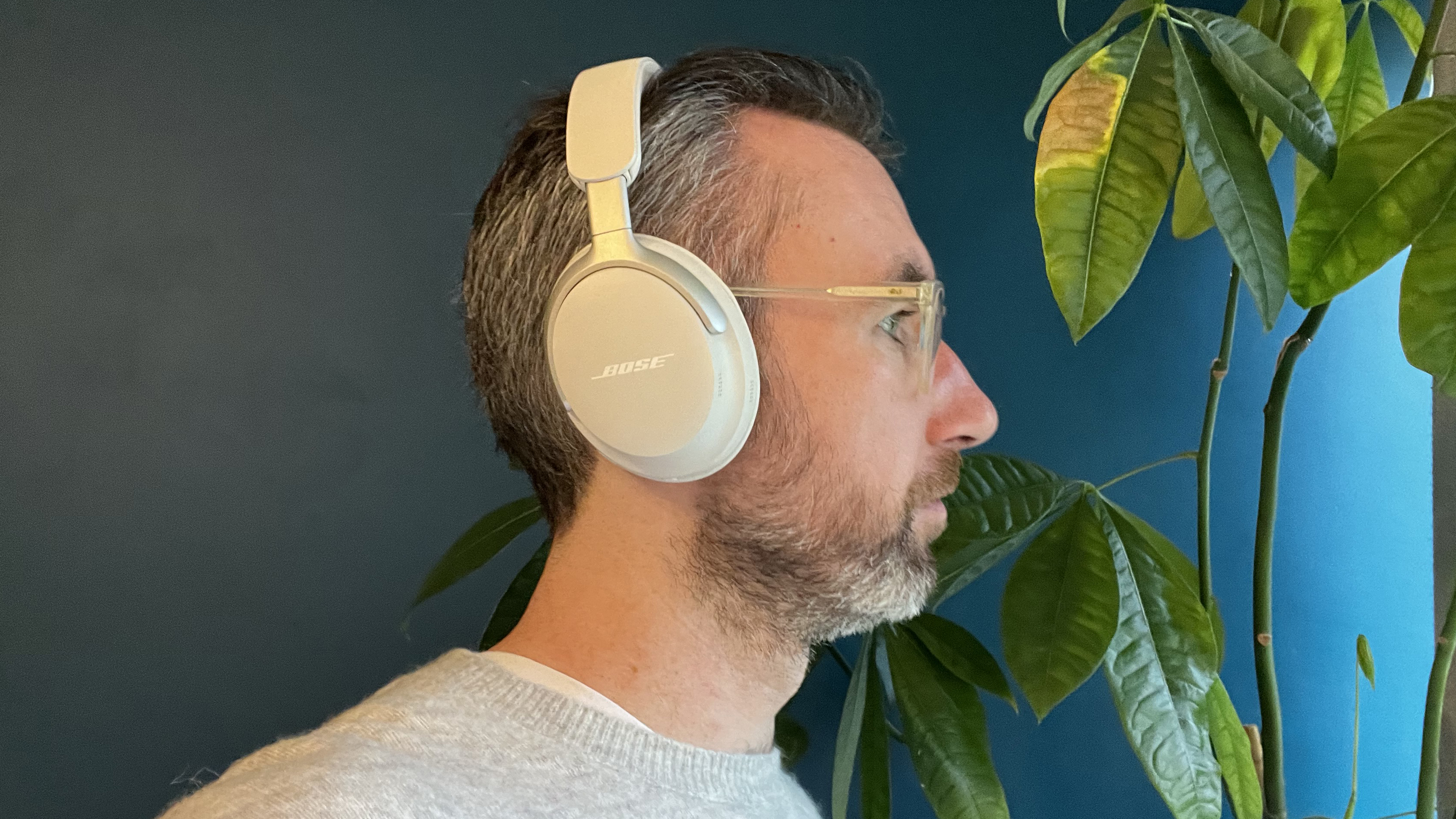
The app itself is tidy and easy to operate, it’s very stable, and it features plenty of options. All the usual playback controls are available, of course, along with a three-band EQ adjuster with presets and the ability to save a custom setting. You can check out your ‘Immersive Audio’ options, examine battery life, check on firmware upgrades and plenty more besides. You can even adjust the amount of your own voice you hear during phone calls.
You can also dictate the function of one of the QC Ultra’s few physical controls in the app, too. The right earcup has a couple of buttons on its outer edge – they cover ‘power on/off/Bluetooth pairing’ and ‘play/pause’, ‘skip forwards/backwards’ as well as letting you cycle through your ‘Immersive Audio’ options.
On the inner edge of the earcup there’s a capacitive touch-strip handling volume using swiping motions – and if you touch and hold you activate your ‘shortcut’ function. The app allows you choose between ‘summon voice assistant’, ‘resume Spotify’ and hearing an indication of remaining battery life as the options for this.
It’s worth noting this touch-control is pointlessly close to the physical controls, and is easy to use unintentionally. Someone at Bose made the decision to move the touch-control from the surface of the earcup, and it’s not a move for the better.
The Sonos Ace are slightly more cutting-edge where the headline specification is concerned. They use Bluetooth 5.4 for wireless connectivity and have codec compatibility all the way to aptX Lossless – so 16bit/44.1kHz lossless streaming is available from an appropriate source player.
Incoming audio files are served to your ears by a couple of 40mm dynamic drivers, the composition and frequency response of which are, as is established Sonos policy, a secret. The company is prepared to admit to some ported acoustic architecture that contributes to the headphones’ low-frequency extension.
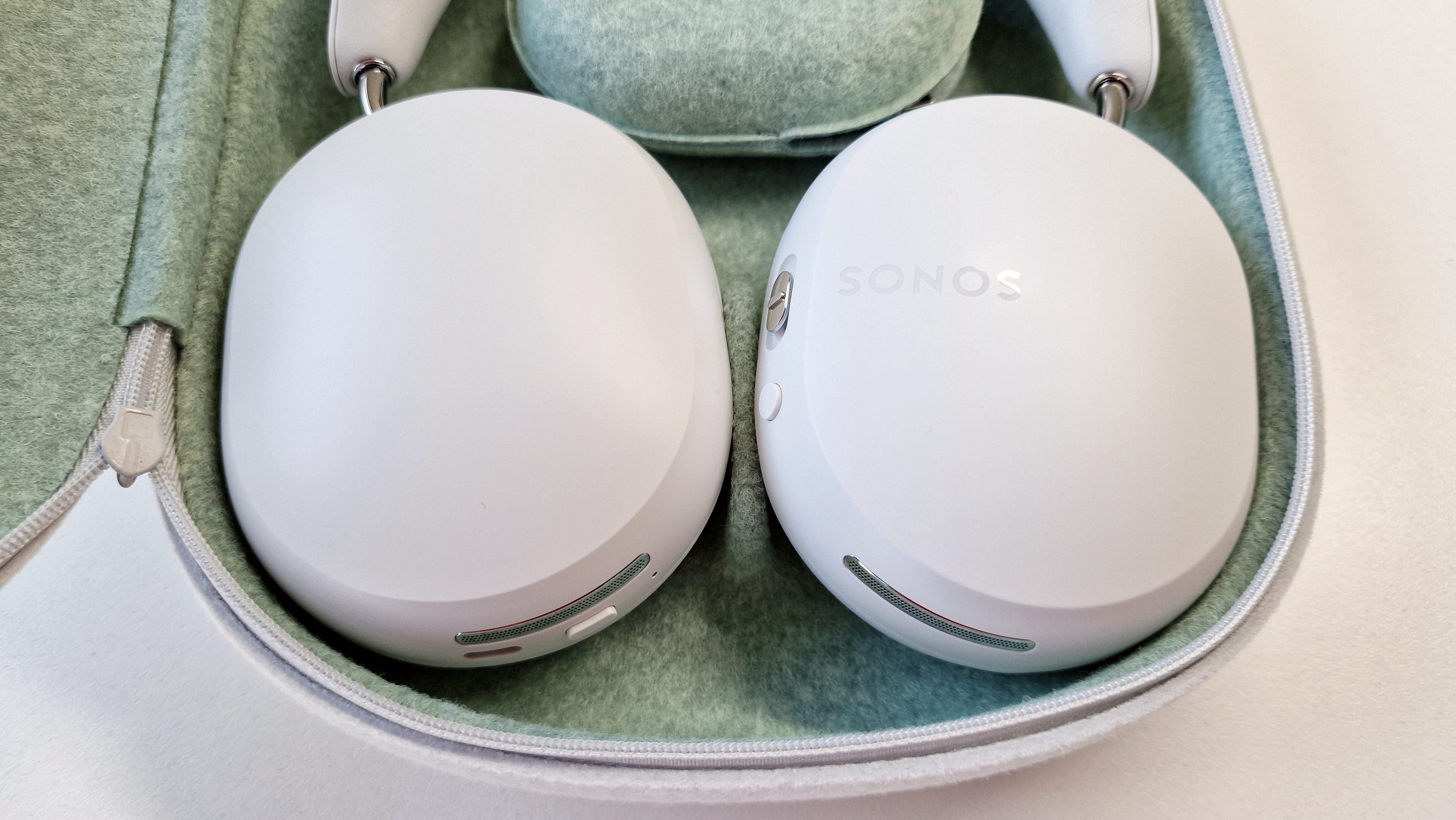
Each earcup features four beaming-forming mics to deal with active noise-cancellation, telephony and voice assistance – the ANC is a three-stage system (adaptive noise-cancelling, ‘aware’ or off). There’s a USB-C socket on the bottom edge of the left earcup that’s good for audio as well as for charging the battery – Sonos provides USB-C / USB-C and USB-C / 3.5mm cables to hard-wiring to a source.
Battery life is a perfectly-fine-we-suppose-but-at-least-better-than-Bose 30 hours with ANC switched on, and the Ace support quick charging, so three minutes on the juice should be good for three hours of listening. ‘Flat’ to ‘full’ takes around three hours.
There are other physical controls here, too. A button near that USB-C slot deals with ‘power on/off/Bluetooth pairing’, and on the right earcup there’s a button that allows you to cycle through your ANC options or summon your voice assistant. There’s also a larger push/slide control Sonos calls a ‘content key’ – it’s nicely weighty and positive in use, and it handles ‘play/pause’, ‘skip forwards/backwards’, ‘volume up/down’ and ‘answer/end/reject call’.
Naturally, the Ace can also be controlled by the Sonos app. The internet these days is mostly composed of articles listing all the ways in which Sonos has screwed up what used to be the best app around, so here I’ll restrict myself to observing that the app has functionality beyond the usual playback controls.
Fans of spatial audio will enjoy the fact the Ace are compatible with Sony 360 Reality Audio and Dolby Atmos, the latter of which will work with any Atmos-supporting Bluetooth source, including the best iPhones and best Samsung phones. and in the app there’s a ‘head tracking’ control which uses Sonos’ ‘intelligent motion processing’ alongside Dolby Head Tracking to allow the audio to follow the wearer’s head movements.
The app is also where ‘TV audio swap’ can be activated. The most optimistic among us had hoped the Ace would be a Wi-Fi headphone, one able to exploit the class-leading Sonos ecosystem and appear as a ‘room’ or ‘zone’ in a full-on multi-room system. But ‘TV audio swap’ is, for now at least, all you get on that score – Ace can interact with a Sonos soundbar to swap sound between the two at the push of a button.
It's compatible with Sonos Arc Ultra, Sonos Arc, Sonos Beam, Sonos Beam Gen 2 and Sonos Ray soundbars. Due to come later is ‘true cinema’, a technology that intends to map your listening space in order to replicate the specific acoustics of your room in the sound of your Ace, so you feel more at home.
Winner: Sonos Ace
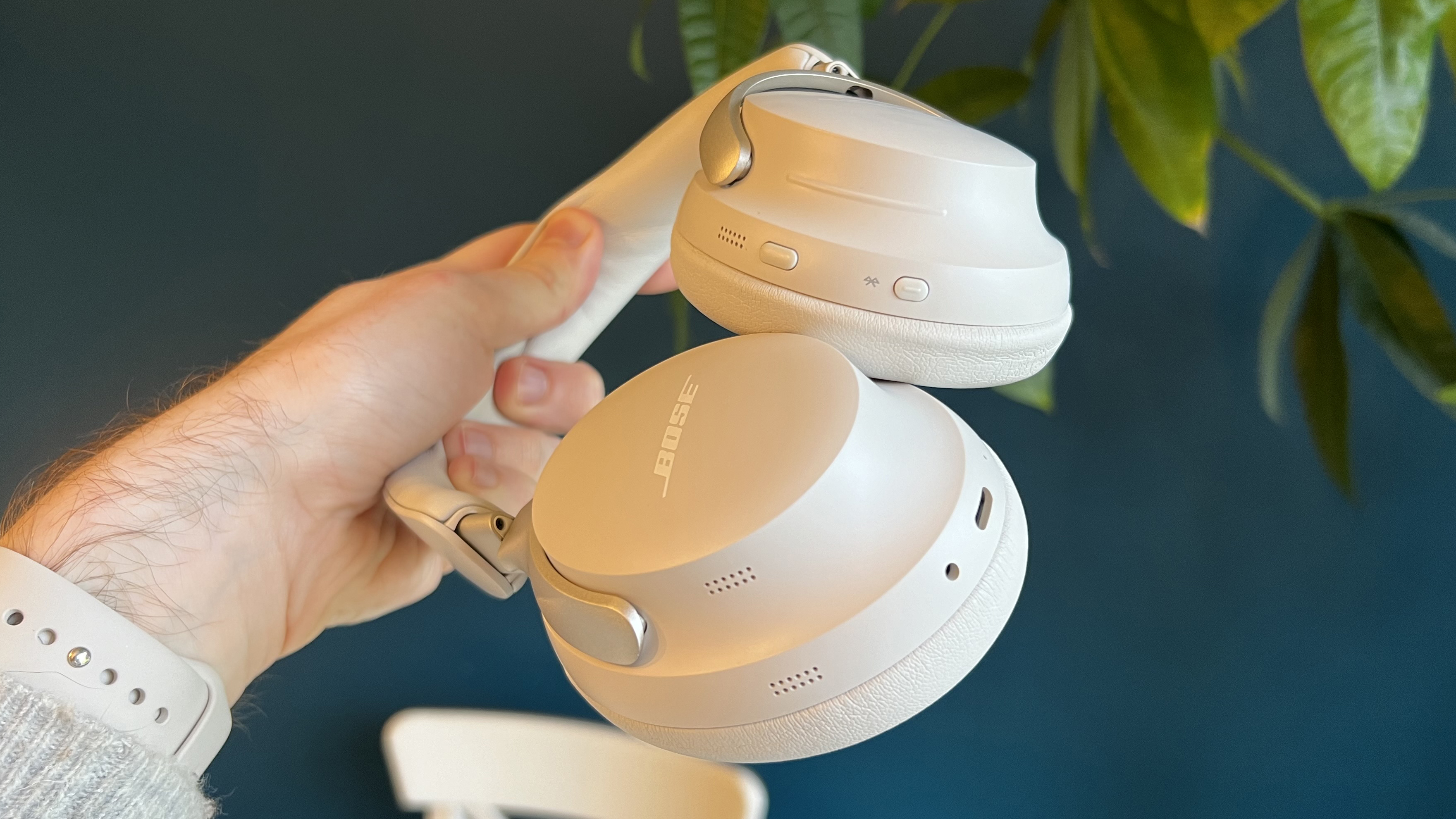
Bose QuietComfort Ultra Headphones vs Sonos Ace: Audio performance
For both the Bose and the Sonos, there are three major things to consider where ‘performance’ is concerned: the way they sound in stereo, the way they sound when they’re delivering their ‘immersive audio’ alternative, and the effectiveness of their active noise cancellation. And it seems safe to say that both pairs are never less than ‘pretty good’ in every respect, with occasional deviations into ‘outstanding’.
The Bose QuietComfort Ultra Headphones sound very good indeed in stereo. They’re poised and quite deft, with a convincing tonal balance and the ability to extract, reveal and contextualize in the most minor, transient details in a recording. From the bottom of the frequency range to the top they sound positive and confident, and if the overall presentation is typically ‘Bose’ in its mild low-end emphasis… well, what were you expecting?
And besides, there’s more than enough speed and control at the bottom end to keep momentum levels high and rhythmic expression natural. In the mid-range, meanwhile, the Ultra communicate explicitly, giving a vocalist every chance to explain their character and attitude.
Switching on ‘immersive audio’ in the app certainly makes a difference. The soundstage, which was already quite well-defined, becomes bigger in every direction – ‘left’ and ‘right’ is replaced with a deep, tall and quite convincingly 180-degree ‘dome’ of sound. Every strand of a recording becomes easier to follow, and the overall presentation is – hey! – definitely more immersive.
Not every recoding suits the Bose ‘immersive audio’ treatment, though, and those that don’t can end up sounding quite indistinct and hazy. There can be a vagueness where the stereo presentation was direct, and recordings become less enjoyable to listen to as a result. So you’ll pick and choose your moments to deploy ‘immersive audio’…
Where active noise cancellation is concerned, Bose continues to set standards to which other brands can only aspire. They can deal with the vast majority of external disturbances, and can do so without any suggestion of how hard they might be working to do so. It’s no kind of shock to discover the QuietComfort Ultra Headphones are so adept at this kind of thing, of course, but nevertheless it’s worth stating explicitly: if the negation of external sounds is as important to you as the sound of the headphones in the first place, you just can’t go wrong here – they're the best noise cancelling headphones you can get.
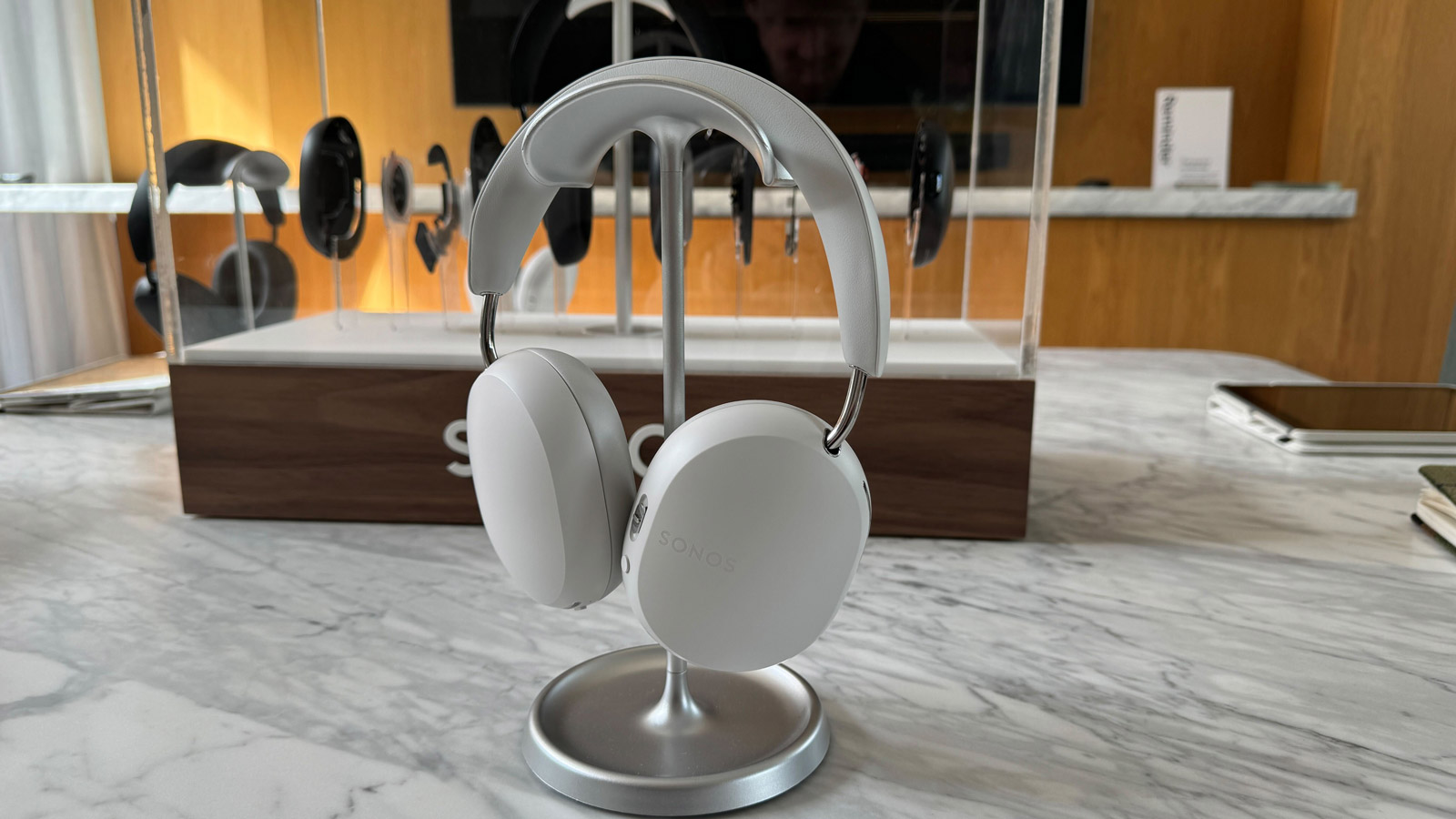
One of the most immediately enjoyable things about the way the Sonos Ace sound, meanwhile, is just how unfussy they are. Hard-wired to a source of truly high-resolution audio content is the way they prefer it, of course – is there a pair of headphones that doesn’t? – but they don’t get sniffy if you stream some compressed 320kbps MP3 files instead. In every circumstance, they’re an insightful and politely entertaining listen.
Low frequencies are deep, varied, textured and detailed – and they can punch solidly if the material demands it. Control is good, both in terms of rhythmic expression and when it comes to keeping out of the way of the mid-range, and the mid-range itself is open, similarly detailed and more than happy to give a singer complete expression. The top end is perhaps just a little rolled off in ultimate terms, but there’s just about enough shine and crunch to keep things interesting.
Detail levels are high at every point – the Sonos seem able to tease out the most fleeting events in a recording and reveal them with the right sort of weighting. And the Ace resist changing their sonic characteristics as you increase the volume. Integration is smooth, and the overall tonality is only slightly on the warmer side of ‘neutral’.
With stereo stuff, the Ace create a big, well-defined soundstage – as long as you leave ‘head tracking’ alone, because it just seems to function as a ‘balance’ control. The ‘spatial audio’ effect with Atmos-mixed content isn’t all that pronounced in all honesty, although a sense of three-dimensionality is apparent when compared with the stereo equivalent. It’s definitely more pronounced if you listen to Atmos movie content either directly or using the ‘TV audio swap’.
The Ace can’t quite summon the sort of dynamic impetus the QuietComfort Ultra Headphones can, either. The lack of energy and attack is only relative, of course – but the Ace would sooner be polite and unthreatening rather than intense and assertive.
The active noise-cancellation the Sonos offer is impressive; the Ace can deal with plenty of external sounds without the work they’re getting through affecting their overall sound. But the job they do isn’t as complete as that of the Ultra – because, as has been established for some time now, Bose leads the field where this sort of thing is concerned.
Winner: Bose QuietComfort Ultra Headphones
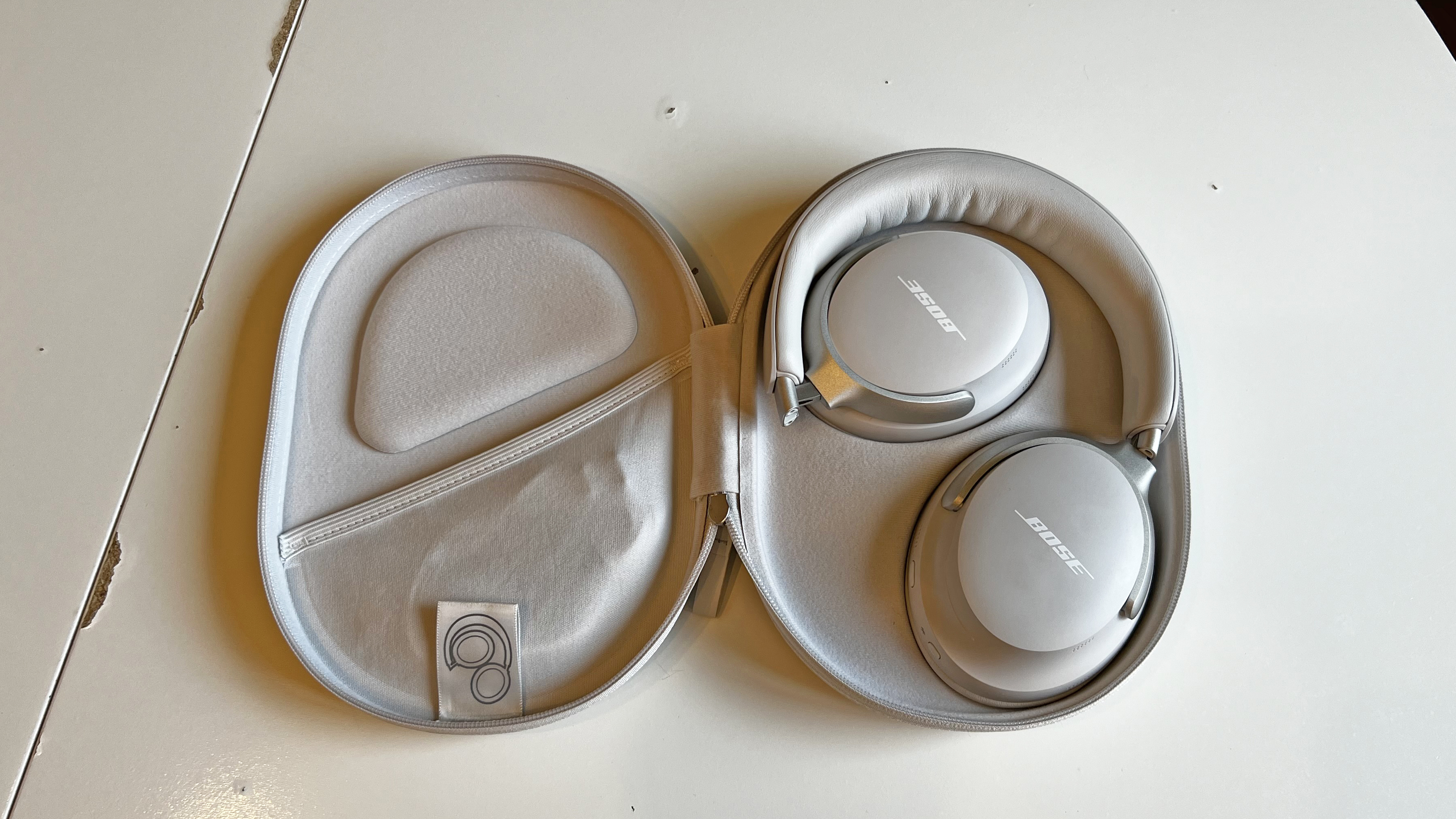
Bose QuietComfort Ultra Headphones vs Sonos Ace: Design & fit
There is, of course, a limit to what a designer can (or is allowed to) do when creating a pair of wireless over-ear headphones – but within these long-established limitations, both the Sonos Ace and the Bose QuietComfort Ultra Headphones are nicely realized and fairly good-looking.
This is especially true of the Sonos Ace. At a trifling 191 x 160 x 85mm (HxWxD) and 312g they’re compact and reasonably light, and their carefully judged hanger arrangement and clamping force means they’re comfortable over the long haul. The quality of build and finish is well up to standard, and attention to detail is obvious – the concealed hinge/yoke arrangement is clean, and the amount of memory foam beneath the vegan leather at every contact point is just right.
The earpads are magnetically attached, and so can be easily removed to be cleaned or renewed. The overall look is understated in either the black or white finishes, and the single instance of branding on one of the earcups only adds to the impression of confidence and sophistication.
The Ace will fold flat, but don’t articulate beyond that – so the case in which they travel isn’t the smallest around. The zip that closes it might be, though, which makes operating it a bit fiddlier than it really should be.
At 259g, the Bose QuietComfort Ultra Headphones are appreciably lighter than the Sonos Ace, but it seems safe to say they don’t look or feel quite as special. Build and finish is to a high standard, naturally, but the combination of padded synthetic leather, a little aluminum and a lot of plastic doesn’t add up to an especially premium whole. And that’s true no matter if you choose, black, white or the Bose website-exclusive sandstone finish.
The clamping force and hanger arrangement allow the Ultra to stay comfortable for hours at a time, though, and when they’re not in use they fold usefully small, making them preferable if you're looking for the best headphones for travel.
Winner: Tie
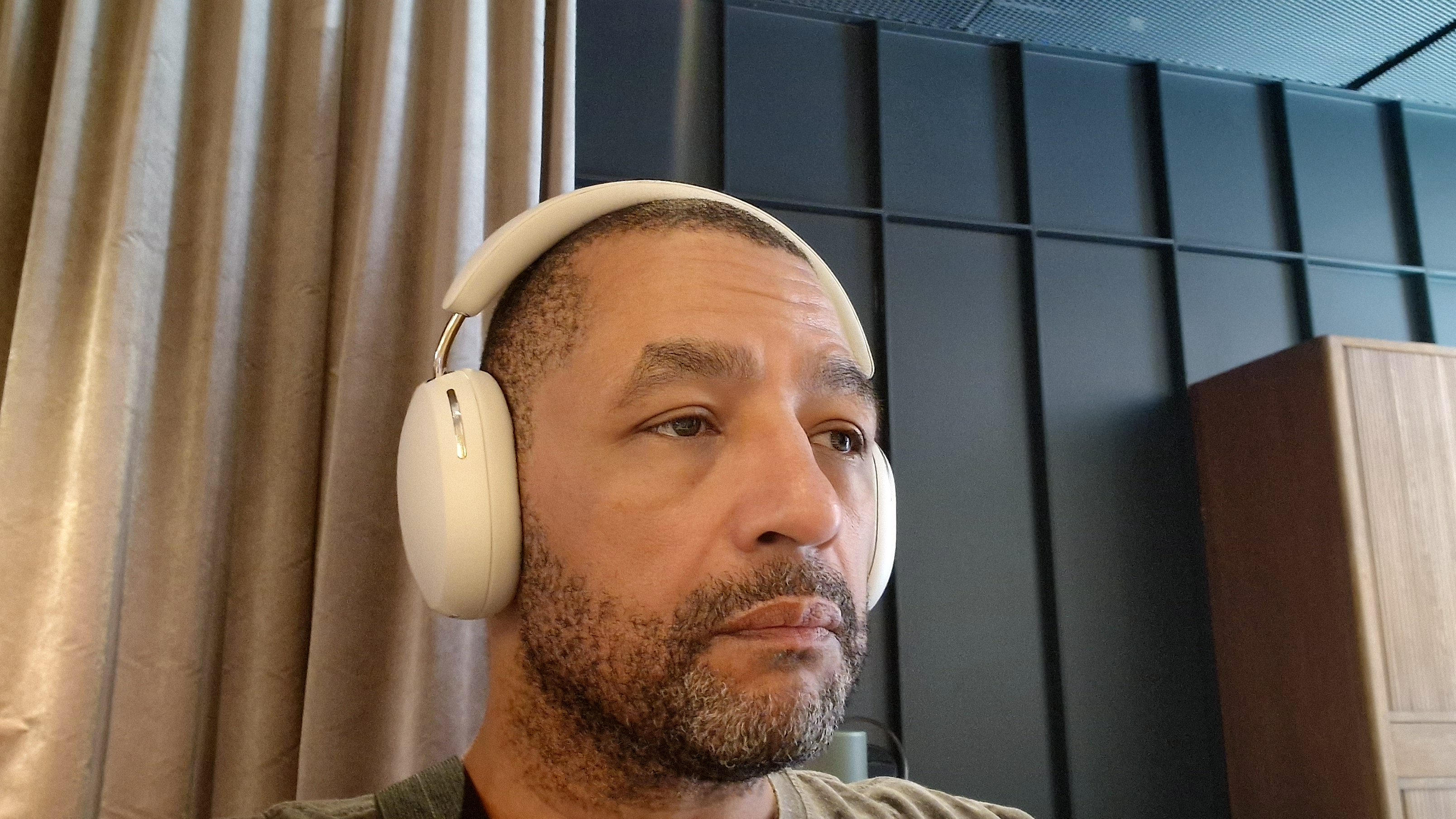
Bose QuietComfort Ultra Headphones vs Sonos Ace: Verdict
All things being equal, the Bose QuietComfort Ultra Headphones just about shade it over the Sonos Ace. Of course, you might like the idea of the Sonos ‘TV audio swap’ feature, but in most other respects the Bose have the upper hand.
In terms of outright sound quality it’s probably safe to say these two pairs of headphones are ‘different’ rather than one being obviously better than the other, and where looks are concerned the Ace appear the slightly more upmarket option.
But the Bose are more convincing for spatial audio from non-Atmos sources, and when it comes to active noise cancellation they’re in a class of their own. Take into account the fact that they're usually slightly ahead on the affordability front, and the QuietComfort Ultra Headphones are a pretty compelling package.
Get daily insight, inspiration and deals in your inbox
Sign up for breaking news, reviews, opinion, top tech deals, and more.
Simon Lucas is a senior editorial professional with deep experience of print/digital publishing and the consumer electronics landscape. Based in Brighton, Simon worked at TechRadar's sister site What HiFi? for a number of years, as both a features editor and a digital editor, before embarking on a career in freelance consultancy, content creation, and journalism for some of the biggest brands and publications in the world.
With enormous expertise in all things home entertainment, Simon reviews everything from turntables to soundbars for TechRadar, and also likes to dip his toes into longform features and buying guides. His bylines include GQ, The Guardian, Hi-Fi+, Metro, The Observer, Pocket Lint, Shortlist, Stuff T3, Tom's Guide, Trusted Reviews, and more.
You must confirm your public display name before commenting
Please logout and then login again, you will then be prompted to enter your display name.
